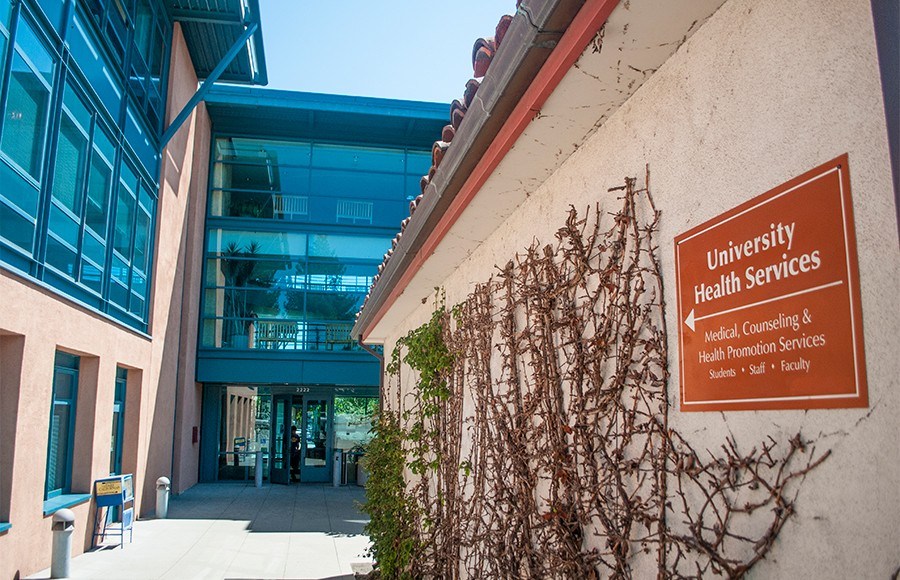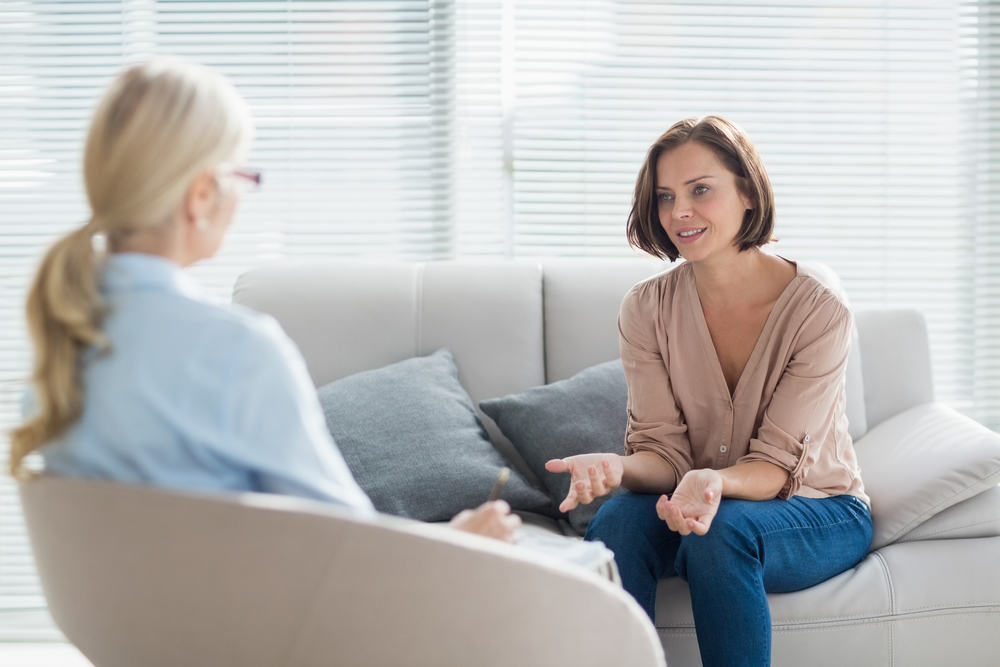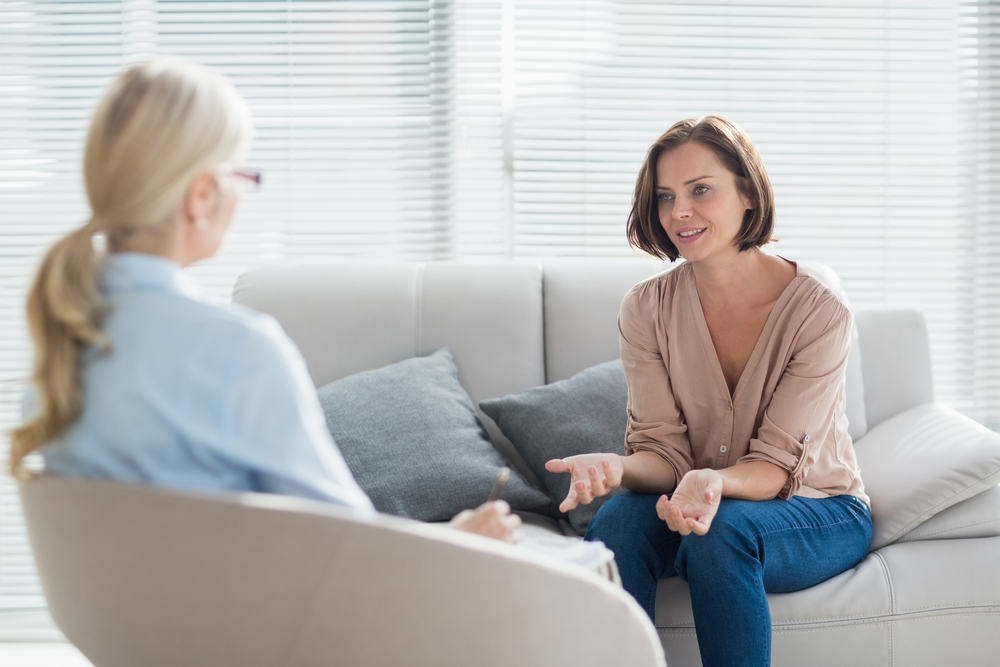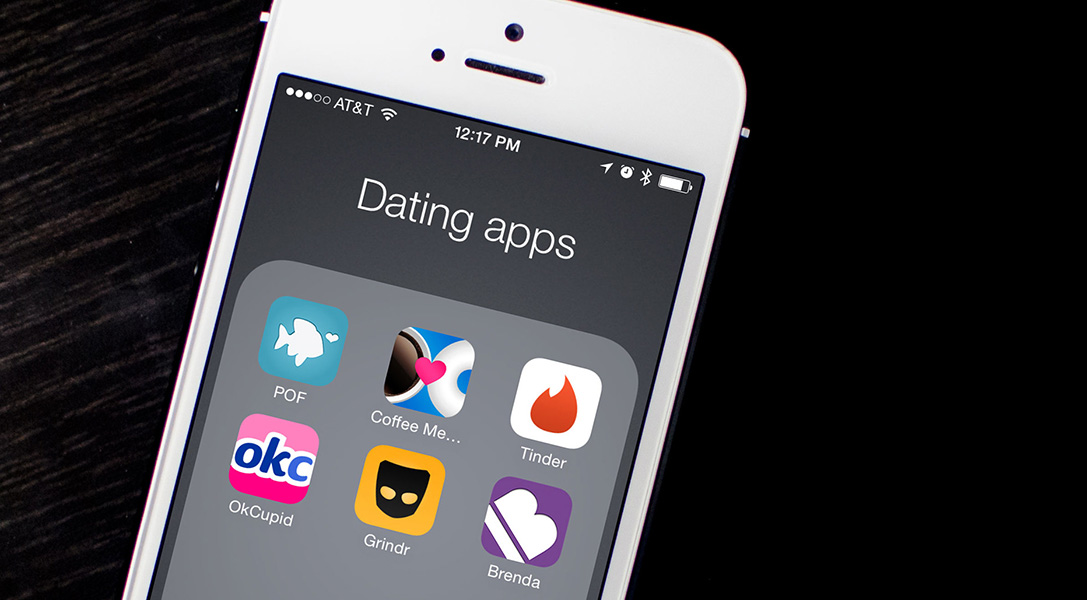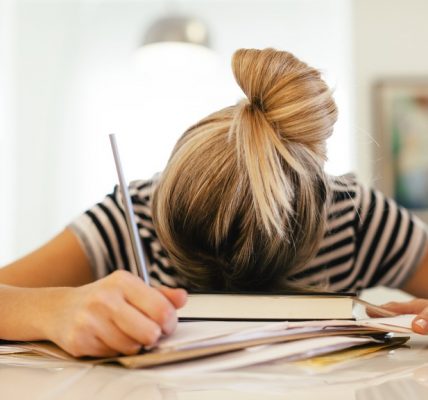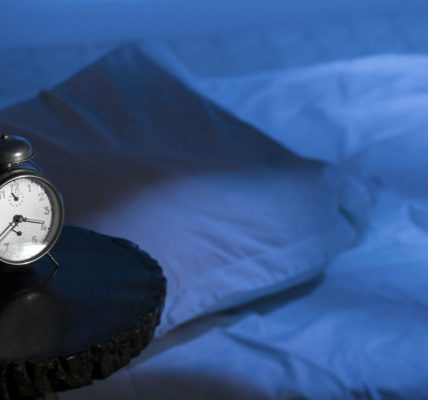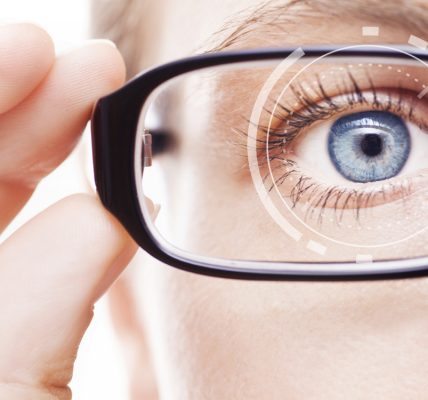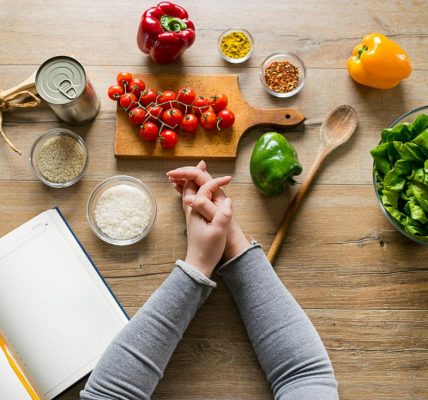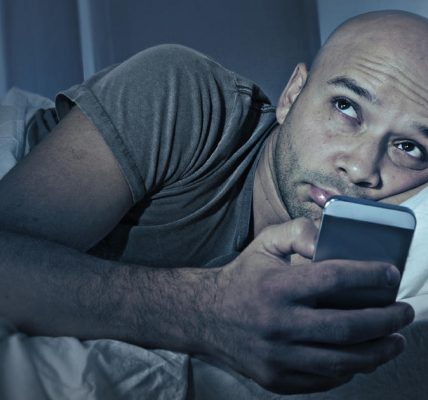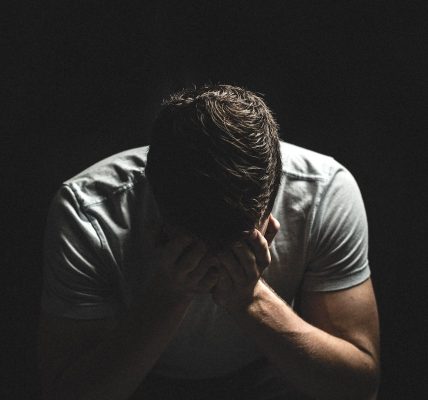Joseph Griffin has worked at the Tang Center for about a year as a member of the health promotion staff. His main program, Making Time for Health, helps underrepresented students at Berkeley to find ways to manage their schoolwork and other responsibilities while also maintaining their social, emotional, and mental well-being.
What’s your educational background?
I’m alum of Cal two times over. I got my bachelor’s here in American Studies with an emphasis on health in minority communities. Then I worked for a couple years, and I came back to get my master’s in public health, with a focus on health policy and management. So I had the social justice background and the health education and health promotion background.
Why did you choose to go into public health?
I was always interested in health. Coming to Cal, I think the way that I assumed that I would get into it was through medicine, but really my interest was in working on more of a community level. When I took my first public health class, it really opened my eyes to approaching health from a community level.
What’s the target audience of your program?
We really look at traditionally underrepresented students, so students of color, the LGBT community, student parents, and transfer and reentry students are some examples.
Tell us a little bit more about your program.
I run a program here called Making Time for Health, which is time management as a form of stress reduction. I came on last year to develop it, and this is the first semester that we’re rolling it out fully. We piloted it with 25 students last semester, and this fall we have about 200 students enrolled in the program. We run workshops where we talk about practical skills that students can apply immediately to feel greater control over the own time. The way the program runs, because it’s for busy students, it’s a five-week program with two sessions in person with small group workshops, and then there’s five online sessions. The online sessions are built for you to be able to read the newsletter and watch the clip on YouTube in less than 10 minutes. So, the first two weeks you’re watching an online session and going to a work group, and the last three weeks you’re just watching the online sessions. We also have one-on-one coaching, which is really where students make it their own.
What’s your favorite part of your job?
There are two things. One is the staff that I work with. There are a lot of great ideas here and the culture is very collaborative. The other part is the opportunity to really see a program from soup to nuts, from idea to implementation to evaluation. To see it go from the pilot to where we are now and to see students reacting to it in a positive way has been really fulfilling
What’s the most important aspect of public health to you?
I would say voice. When we talk about public health, we’re talking about large environmental change, and when making that change, there’s always going to be decision-makers, and there’s going to be the community, but those don’t need to be two separate entities. When I talk about voice, I think it’s important for those who are making the decision to also be members of the community and to make sure that the communication is going both ways.
What advice would you give to college students about their health?
I know a lot of students might start with [the idea that] this is the semester I’m going to sleep eight hours a night, [or] this is the semester I’m going to make lunch every single day, or go to the RSF every day but as the semester goes on and other things happen, it’s easy for us to kind of let that slide down the priority list. The place I like students to start is first what we call collecting, think of what’s everything on your plate and get it down in one place. Don’t prioritize, just write it down. The second step we take is to make a quick decision, a yes or no decision, but we don’t make it forever. It’s just for this week. A “Yes, I’m going to do something about this” or a “No, I’m not going to do something about this this week.” Maybe you have time for some things this week but not everything, so we’ll come back to those. I think when we start getting a hold of our schedules a little better, we can see where we have time to bring in that aspect of our health that we want to focus on, whether that’s meditating for 20 minutes, getting more rest, [or] eating a little bit better.
What’s the most common health problem you see?
I see a lot of students who just have an overabundance of things on their plate, including things that they don’t even realize. It’s not just school-related issues. It’s personal. It’s family. It’s work. We strive to be able to take a step back and see how much of this can you actually hold. I’m seeing students who have a lot to do, and there’s a lot of pressure just being at Berkeley. I remember as a student the pressure that comes with being here.
Has having both perspectives, as a student and working here, helped you?
I think it has. Even coming back to campus, one of the initial things I did was visit the offices that I used to go to as a student. I try to bring humility to my work, because in one sense my experience helps me because I can think where was I when I was a student but I recognize that my experience was unique and many moons ago. There are a lot of different environmental changes, budget changes that you all as students are experiencing. I try to remember what it felt like when I talked to staff and instructors who helped me. I wanted to create the type of environment that made me feel comfortable expressing my own voice.
What’s your favorite part of Berkeley?
Being around the students. When I work with students for a few months and really get to know them, what they hope to do, when you learn more about them, it’s an amazing experience. You see that these are the folks who are going to soon be the leaders in our greater community.
Article by Angie Zhang, Theresa Strenio, and Mandy Honeychurch
Feature Image Source: The Daily Californian
